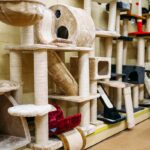You’ve probably heard of Arabian horses, famous for their beauty and endurance. But have you ever come across Arabian mules? These rare and fascinating creatures are the offspring of an Arabian horse and a donkey, resulting in a hybrid that’s hardy, intelligent, and strikingly elegant.
Let’s take a closer look into what makes these hybrids so unique and why they’re gaining attention in equine communities around the world.
What Is an Arabian Mule?
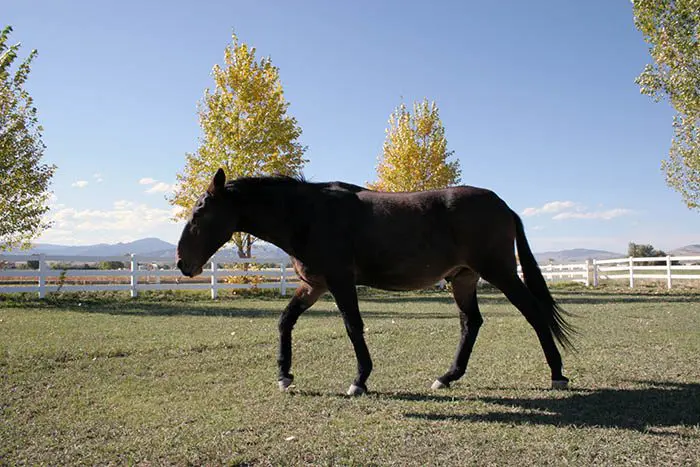
An Arabian mule is a hybrid animal created by breeding a male donkey (jack) with a female Arabian horse (mare). Like all mules, Arabian mules are usually sterile due to their genetic makeup, but they inherit the best qualities from both parents.
Historical Roots of Arabian Mules
While mules have been used for centuries, the Arabian mule has its roots in desert regions where Arabian horses originated. They were used for transportation, farming, and endurance tasks in harsh climates. Their intelligence and sure-footedness made them reliable companions in rugged terrain.
Why Crossbreed an Arabian Horse with a Donkey?
Breeders often seek to combine the grace, speed, and refinement of the Arabian horse with the stamina, strength, and hardiness of the donkey. The result is an animal that can outperform both in endurance and carry heavy loads while being easier to maintain than purebred horses.
Understanding the Arabian Horse Lineage
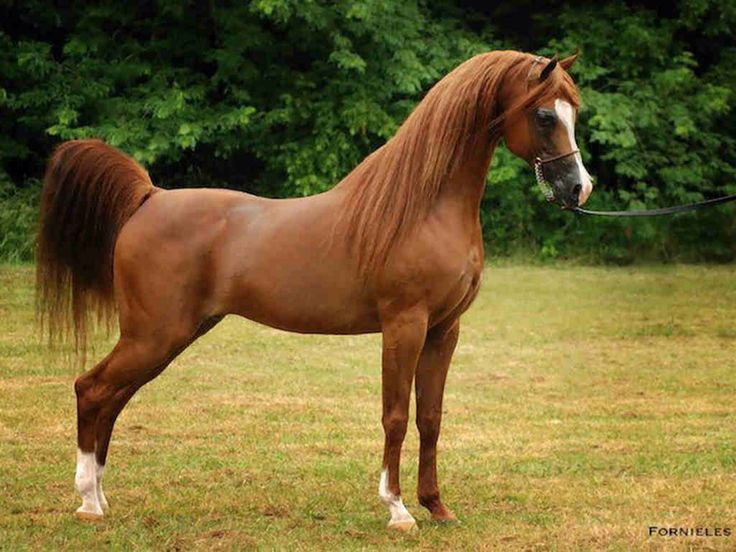
Origins of the Arabian Horse
The Arabian horse is one of the oldest and purest horse breeds in the world, dating back over 4,500 years. Known for its beauty, spirit, and stamina, it has contributed to the development of countless other breeds globally.
Key Traits Passed Down in Crossbreeds
Arabian horses pass on their arched necks, refined heads, and high tail carriage, as well as their unmatched endurance. These traits give Arabian mules a regal appearance and unmatched agility.
The Science Behind the Mule Crossbreed
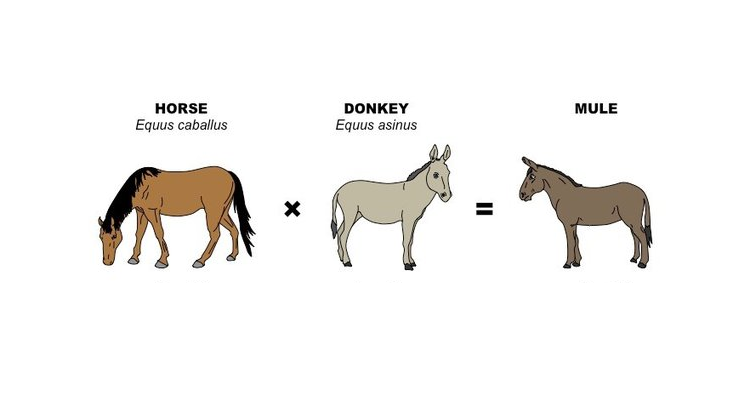
Genetic Composition of Mules
Mules inherit 63 chromosomes—an odd number that prevents them from reproducing naturally. The donkey contributes 62 chromosomes, while the horse adds 64, resulting in a hybrid that is typically sterile.
Fertility and Breeding Limitations
Although female mules (mollies) can occasionally carry a foal, it’s incredibly rare. Most Arabian mules are bred through controlled processes, and the same parents must be used each time.
Physical Characteristics of Arabian Mules
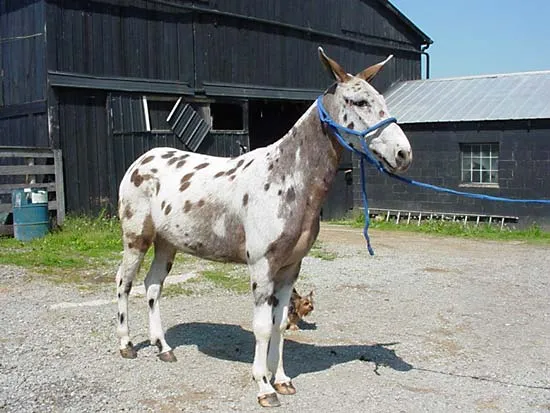
Size and Structure
Arabian mules are generally 14 to 15 hands tall, depending on the height of the Arabian mare. They often have lean, muscular builds, with strong legs and deep chests.
Coat Colors and Appearance
Their coats can vary greatly—common colors include bay, gray, chestnut, and black. Their short, sleek coats reflect their desert heritage and are easy to maintain.
Ears, Mane, and Tail Differences
Arabian mules have long ears like donkeys, but they also feature arched necks and tails carried high, a trait from the Arabian side. Their manes and tails are usually silky and fine.
Temperament and Personality
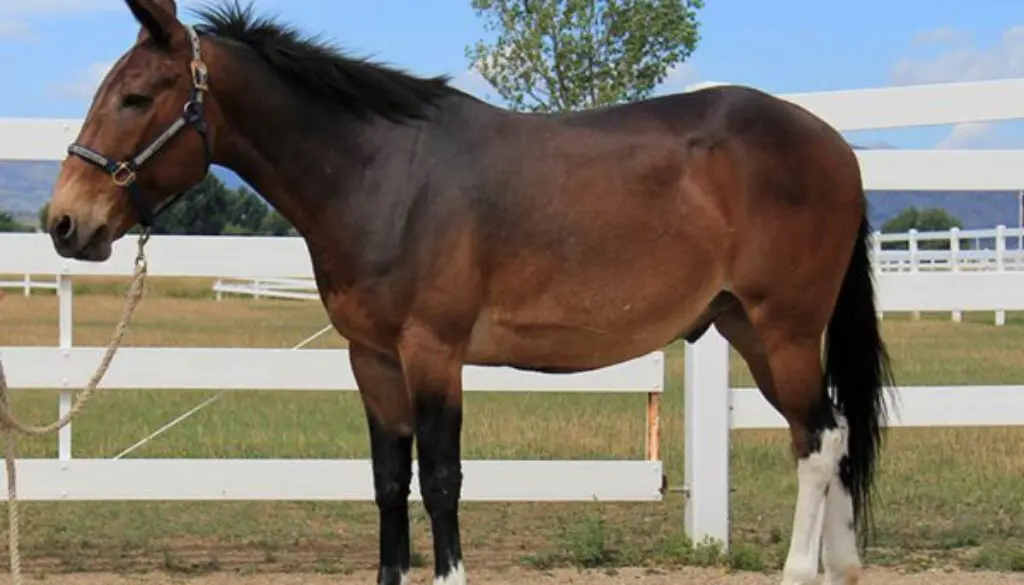
Arabian Influence on Behavior
Arabians are known for their spirited yet gentle temperaments. That means Arabian mules often inherit curiosity, playfulness, and alertness, making them fun to work with.
Intelligence and Trainability
Thanks to their donkey parentage, Arabian mules are highly intelligent—sometimes stubborn, but almost always willing to learn. They do well with consistent, reward-based training.
Work and Utility Purposes
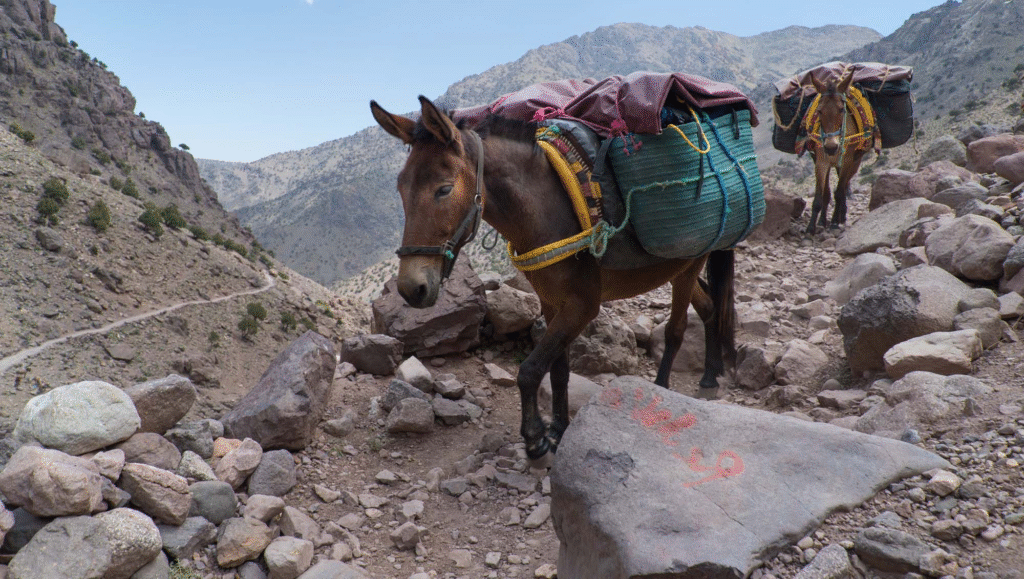
Riding and Endurance Abilities
One of the biggest advantages of Arabian mules is their riding capability. They’re commonly used for trail riding, endurance riding, and long-distance treks, especially in challenging terrains.
Farm and Pack Use
Because of their strength and endurance, they’re also ideal for carrying loads in mountainous or desert regions, making them excellent pack animals or light farmworkers.
Advantages of Arabian Horse Donkey Crossbreeds

Stamina and Strength
Arabian mules are built for marathon-like endurance, making them suitable for long journeys without tiring quickly.
Disease Resistance and Adaptability
Thanks to their hybrid vigor, they are often more resistant to common equine diseases and better adapted to extreme climates, especially arid or hot regions.
Challenges and Considerations
Breeding Challenges
Producing an Arabian mule is not as simple as it sounds. The mare must be carefully selected, and breeding success is never guaranteed.
Market Demand and Rarity
Arabian mules are relatively rare due to selective breeding and high maintenance costs, which can drive prices up and limit availability.
Health Concerns in Hybrids
Though hardy, mules can still face hoof problems, dental issues, and weight management challenges if not properly cared for.
Training Arabian Mules
Early Socialization and Groundwork
The earlier you begin handling your Arabian mule, the easier the training will be. They need to be exposed to new environments and people from a young age.
Patience and Reward-Based Training
Because of their independent streak, Arabian mules respond best to positive reinforcement, consistency, and patience rather than harsh discipline.
Care and Maintenance
Nutritional Needs
They require a high-fiber, low-sugar diet—usually more hay than grain. Fresh water and mineral blocks should always be available.
Hoof and Coat Care
Regular hoof trimming and grooming are essential to prevent issues like thrush or fly irritation. Their coat may need extra care during seasonal changes.
Shelter and Living Environment
They thrive best in dry, clean, and well-ventilated shelters, ideally with space to roam and interact with other animals.
Arabian Mules in Culture and History
Use in Traditional Societies
Arabian mules were once valuable companions to Bedouin tribes, assisting in daily travel, transport, and agriculture.
Role in Middle Eastern and Desert Cultures
Even today, they are appreciated in desert regions for their resilience, calm demeanor, and reliability in rough terrain.
Buying and Selling Arabian Mules
Where to Find Them
Due to their rarity, Arabian mules are usually sold through specialized breeders or mule auctions.
What to Look for in a Healthy Mule
Check for clear eyes, straight legs, clean hooves, good appetite, and a curious, friendly demeanor.
Pricing Expectations
Prices vary based on age, training, health, and pedigree—but expect to pay a premium for well-bred Arabian mules.
The Future of Arabian Horse Donkey Crossbreeds
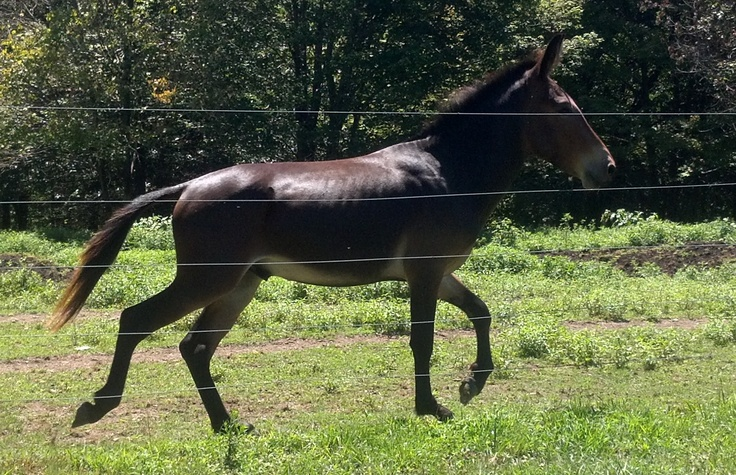
Preservation and Conservation
With rising interest, there’s a growing movement to preserve the unique genetics of Arabian mules through ethical and strategic breeding.
Ethical Breeding Practices
Breeders must prioritize animal welfare and avoid overbreeding or inbreeding, ensuring that each mule is healthy, happy, and well-adjusted.
Conclusion
Arabian mules stand as a testament to the magic of hybrid strength and beauty. With the grace of an Arabian horse and the grit of a donkey, these animals are dependable, intelligent, and truly one-of-a-kind. Whether you’re a rider, a farmer, or just someone who appreciates rare animals, an Arabian mule could be your ideal companion.
FAQs
1. Are Arabian mules sterile?
Yes, like all mules, Arabian mules are typically sterile due to having an odd number of chromosomes.
2. What makes Arabian mules different from regular mules?
They inherit the endurance and refinement of Arabian horses, making them more agile and intelligent than standard mules.
3. Can Arabian mules be registered or shown in competitions?
Some mule competitions accept them, especially in endurance riding and trail classes, but they cannot be registered as purebred horses.
4. How long do Arabian mules live?
With proper care, Arabian mules can live between 30 to 40 years, sometimes even longer.
5. Are Arabian mules good for beginners?
They can be, especially with early training. Their intelligence and calm nature make them suitable for riders with patience and a gentle approach.






